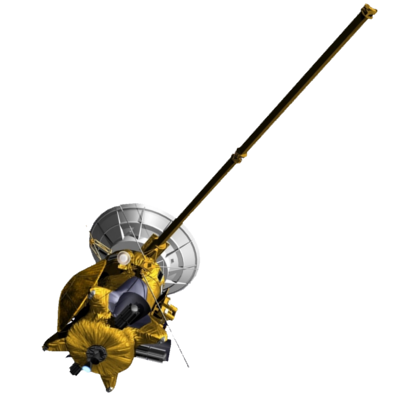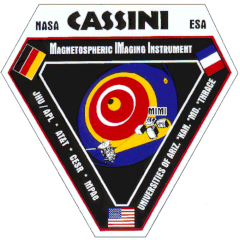CASSINI
Cassini MIMI Investigation at Fundamental Technologies
Numerical Computation of Energy-Dependent Geometric Factors of E and F Electron Detectors of CASSINI/MIMI/LEMMS
Technical Report by Xiaodong Hong and Thomas P. Armstrong, May 10, 1997
The purpose of this report is to compute the energy dependent geometric factors of the E and F detectors of Cassini/MIMI/LEMMS. Included with this report are a geometric simulation of the LEMMS subsystem, simulations of the magnetic field produced by a pair of tilted magnets, and the computation of the reversed electron trajectories which can be used for the calculation of the geometric factors for each detector.
- Chapter 1 Simulation of the Geometry of the Cassini/MIMI/LEMMS Sensor
- Chapter 2 Calculation of Magnetic Field of the Cassini/MIMI/LEMMS Sensor
- Chapter 3 Computation of Geometric Factors
- Chapter 4 Results and Discussion
- Appendix A Coordinates and Coefficients of the Polygon Planes
- Appendix B Distribution of the Escaped Electrons
- Appendix C Trajectory Drawings
- Appendix D Program Explanation and Source Code
- References
Return to Cassini
MIMI table of contents page.
Return to Fundamental
Technologies Home Page.
Updated 8/8/19, Cameron Crane
QUICK FACTS
Manufacturer: The Cassini spacecraft
was manufactured by NASA's Jet Propulsion Laboratory,
and the Huygens Probe was manufactured by Thales Alenia
Space.
Mission Duration: The Cassini-Huygens mission launched on October 15 1997, and ended on September 15 2017.
Destination: Cassini's destination was Saturn and its moons. The destination of the Huygens Probe's was Saturn's moon Titan.
Orbit: Cassini orbited Saturn for 13 years before diving between its rings and colliding with the planet on September 15th, 2017.
Mission Duration: The Cassini-Huygens mission launched on October 15 1997, and ended on September 15 2017.
Destination: Cassini's destination was Saturn and its moons. The destination of the Huygens Probe's was Saturn's moon Titan.
Orbit: Cassini orbited Saturn for 13 years before diving between its rings and colliding with the planet on September 15th, 2017.



